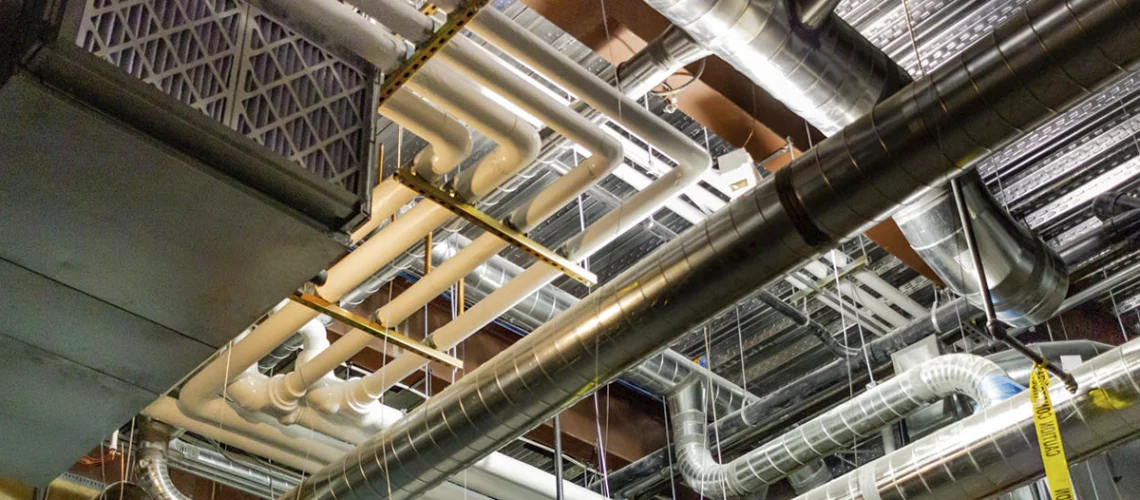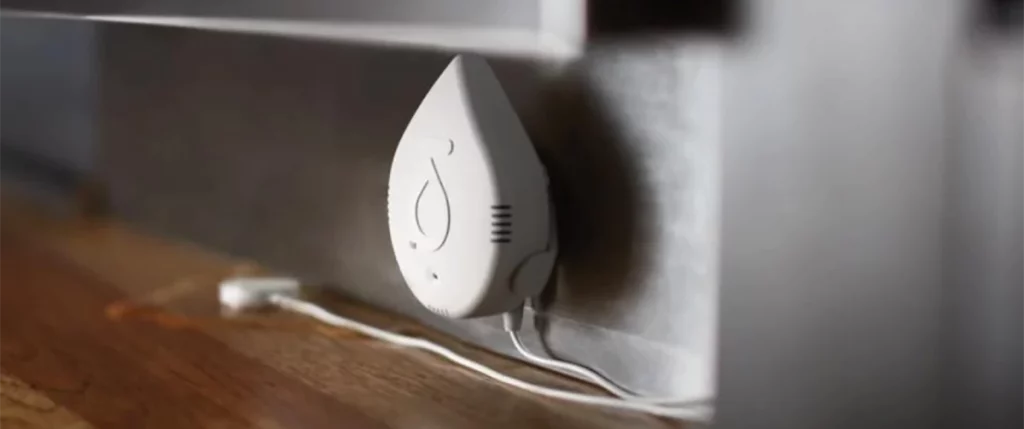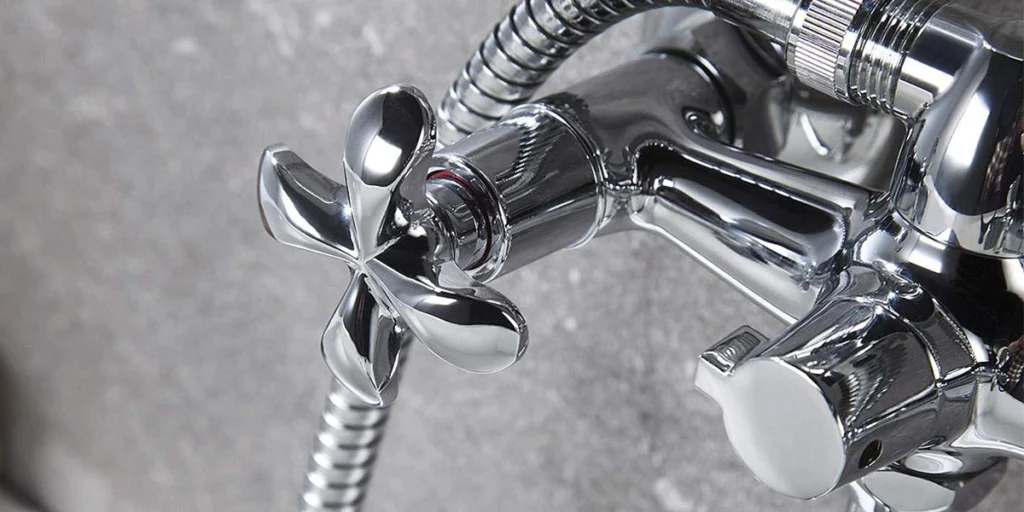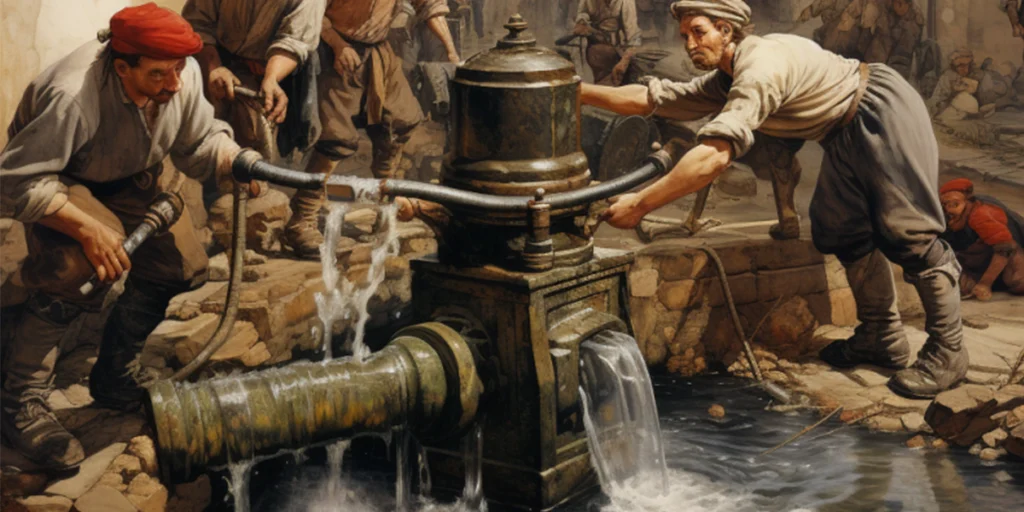When it comes to the functionality and safety of commercial buildings, plumbing systems play a crucial role. From ensuring a steady water supply to managing wastewater, the efficiency of a building’s plumbing can significantly impact its operations. Managing plumbing projects in commercial settings involves meticulous planning, coordination, and execution. This comprehensive guide will walk you through the essential steps to successfully manage plumbing projects in commercial buildings.
Contents
- 0.1 Components of Commercial Plumbing Systems
- 0.2 Differences Between Residential and Commercial Plumbing
- 1 Planning a Plumbing Project
- 2 Hiring the Right Professionals
- 3 Designing the Plumbing System
- 4 Selecting Quality Materials
- 5 Permitting and Legal Considerations
- 6 Installation Process
- 7 Quality Control and Inspections
- 8 Maintenance Planning
- 9 Upgrading Existing Systems
- 10 Energy Efficiency and Water Conservation
- 11 Dealing with Common Issues
- 12 Technology Integration
Components of Commercial Plumbing Systems
Commercial plumbing systems are complex and include various components such as water supply lines, drain and sewer lines, fixtures, valves, and water heaters. Unlike residential plumbing, these systems often handle higher volumes of water and need to comply with stricter regulations.
Differences Between Residential and Commercial Plumbing
One key difference between residential and commercial plumbing is the scale. Commercial buildings require larger pipes, more extensive drainage systems, and more robust fixtures to handle the higher demand. Additionally, commercial plumbing must meet specific codes and standards to ensure safety and compliance.

Planning a Plumbing Project
Planning a plumbing project begins with a thorough assessment of the building’s needs and the objectives of the project. This involves understanding the building’s layout, the intended use of the spaces, and any specific requirements such as high-capacity water systems for kitchens or restrooms. Conducting a comprehensive needs assessment helps in identifying the scope of the project and setting clear objectives.
- Assessing Needs and Objectives
The first step in managing a plumbing project is to assess the building’s needs and define clear objectives. This involves understanding the building’s layout, the intended use of the spaces, and any specific requirements such as high-capacity water systems for kitchens or restrooms.
- Budgeting and Cost Estimation
Accurate budgeting is critical for the success of any plumbing project. This includes estimating the costs for materials, labor, permits, and any unexpected expenses. Having a detailed budget helps prevent cost overruns and ensures the project stays on track.
Hiring the Right Professionals
Planning a plumbing project in a commercial building is a critical first step that sets the foundation for success. Here’s a detailed guide to help you navigate this process:
- Choosing Licensed and Experienced Plumbers
Selecting the right professionals is essential for a successful plumbing project. Look for licensed plumbers with experience in commercial projects. Check their credentials, reviews, and past projects to ensure they have the expertise needed for your specific requirements.
- Importance of Specialized Skills for Commercial Projects
Commercial plumbing often requires specialized skills, such as knowledge of complex piping systems, high-pressure installations, and adherence to strict codes. Ensure the plumbers you hire have the necessary skills and experience.

Designing the Plumbing System
Collaborating with Architects and Engineers.
Effective plumbing design requires collaboration with architects and engineers. This ensures that the plumbing system is integrated seamlessly with the building’s overall design and structure. Regular meetings and reviews are essential to keep everyone on the same page.
Ensuring Compliance with Building Codes.
Compliance with local building codes and regulations is non-negotiable. This not only ensures the safety and functionality of the plumbing system but also helps avoid legal issues and fines. Work with professionals who are knowledgeable about current codes and standards.
Selecting Quality Materials
- Importance of Durable and High-Quality Materials
Using high-quality materials is vital for the longevity and reliability of the plumbing system. Invest in durable pipes, fixtures, and fittings that can withstand heavy use and resist wear and tear.
- Sustainable and Eco-Friendly Options
Consider using eco-friendly materials and technologies that reduce environmental impact. Sustainable options not only benefit the environment but can also result in long-term cost savings through improved efficiency and reduced maintenance needs.

Permitting and Legal Considerations
Every region has specific plumbing codes and regulations. Familiarize yourself with these requirements to ensure your project complies with all legal standards. This includes health and safety regulations, environmental standards, and more.
Securing Necessary Permits
Before starting any plumbing project, secure the necessary permits from local authorities. This process can be time-consuming, so it’s important to start early and ensure all paperwork is completed accurately.
Installation Process
- Coordinating with Other Trades
Plumbing installation often overlaps with other trades such as electrical and HVAC. Coordinating with these trades ensures that the installation process is smooth and that all systems are integrated effectively.
- Steps in the Installation Process
The installation process typically includes laying pipes, installing fixtures, connecting to the water supply and sewer systems, and testing the entire system. Each step must be performed with precision to ensure the system functions correctly.
Quality Control and Inspections
Ensuring Adherence to Standards
Quality control is essential throughout the installation process. Regular inspections ensure that all work meets the required standards and that any issues are identified and addressed promptly.
Conducting Inspections and Tests
Once the installation is complete, conduct thorough inspections and tests to verify the system’s functionality. This includes pressure tests, leak tests, and checking for proper operation of all fixtures and valves.

Maintenance Planning
Developing a Maintenance Schedule
A proactive maintenance plan helps prevent issues and extends the life of the plumbing system. Develop a schedule for regular inspections, cleaning, and servicing to keep the system in top condition.
Preventative vs. Reactive Maintenance
Preventative maintenance involves regular checks and servicing to prevent problems before they occur. Reactive maintenance, on the other hand, involves addressing issues as they arise. A balanced approach is often the most effective.
Upgrading Existing Systems
Identifying When Upgrades are Needed
Over time, plumbing systems may require upgrades to meet new demands or improve efficiency. Look for signs such as frequent repairs, reduced water pressure, or outdated fixtures that indicate the need for upgrades.
Modernizing Plumbing Infrastructure
Modernizing your plumbing infrastructure can improve efficiency, reduce costs, and enhance the overall functionality of the building. Consider upgrades such as low-flow fixtures, advanced water heaters, and smart plumbing systems.
Energy Efficiency and Water Conservation
Energy-efficient technologies such as tankless water heaters, low-flow fixtures, and insulated pipes can significantly reduce energy consumption and costs. These technologies are not only environmentally friendly but also provide long-term savings.
Water conservation is crucial in commercial buildings. Implement strategies such as using water-efficient fixtures, fixing leaks promptly, and recycling water where possible. Educating occupants about water conservation can also make a big difference.
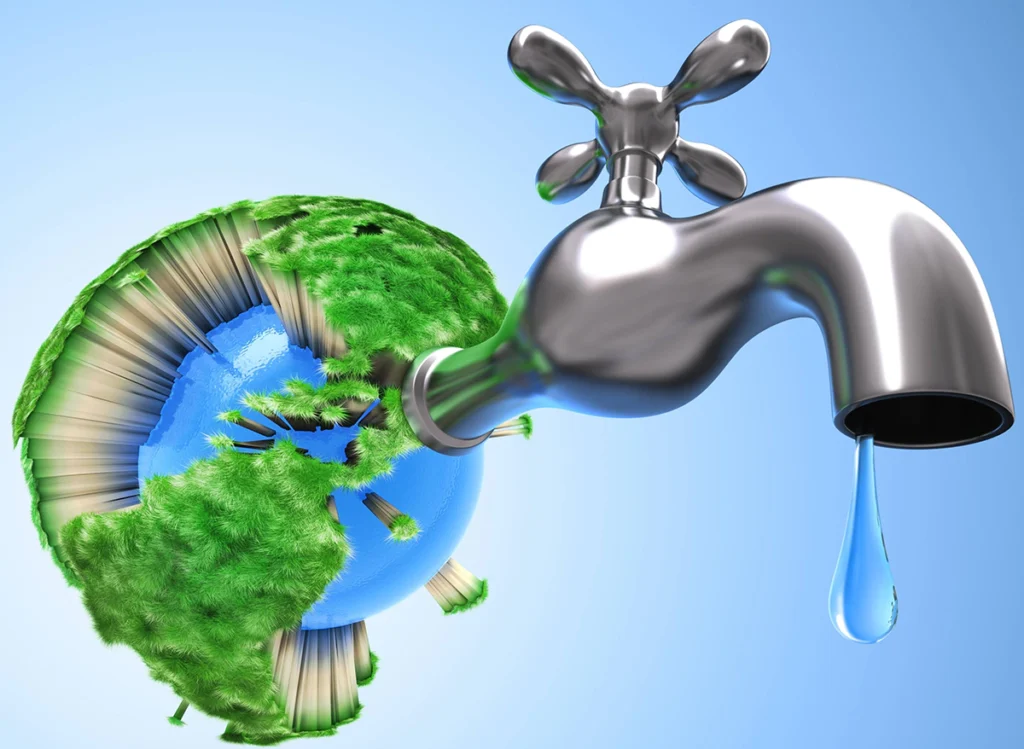
Dealing with Common Issues
Commercial buildings often face common plumbing issues such as clogs, leaks, and pressure problems. Have a plan in place to address these issues quickly and efficiently to minimize disruption.
Emergency Preparedness and Response
Prepare for plumbing emergencies by having a response plan in place. This includes having emergency contact numbers, a list of necessary tools and supplies, and a clear protocol for handling emergencies.
Technology Integration
- Smart Plumbing Systems
Integrating smart technology into your plumbing system can provide numerous benefits. Smart systems can monitor water usage, detect leaks, and provide real-time data to help manage and maintain the system more effectively.
- Using Technology for Monitoring and Maintenance
Advanced technology allows for continuous monitoring and maintenance of plumbing systems. Sensors and automated systems can detect issues early, reducing the risk of major problems and improving overall efficiency.
Managing plumbing projects in commercial buildings requires careful planning, coordination, and execution. By understanding the unique requirements of commercial plumbing, selecting the right professionals, and utilizing high-quality materials and modern technologies, you can ensure a successful project. Regular maintenance and upgrades will keep your system running smoothly, providing reliable and efficient service for years to come.
FAQs
The key components include water supply lines, drain and sewer lines, fixtures, valves, and water heaters. These components work together to ensure a reliable water supply and efficient waste management.
Choose a licensed plumber with experience in commercial projects. Check their credentials, reviews, and past projects to ensure they have the necessary skills and expertise.
Common issues include clogs, leaks, low water pressure, and fixture malfunctions. Regular maintenance and prompt repairs can help prevent these problems.
Implement water-efficient fixtures, fix leaks promptly, recycle water where possible, and educate occupants about water conservation practices.
Technology plays a crucial role in monitoring, maintaining, and improving the efficiency of plumbing systems. Smart systems can detect leaks, monitor water usage, and provide real-time data for better management.



